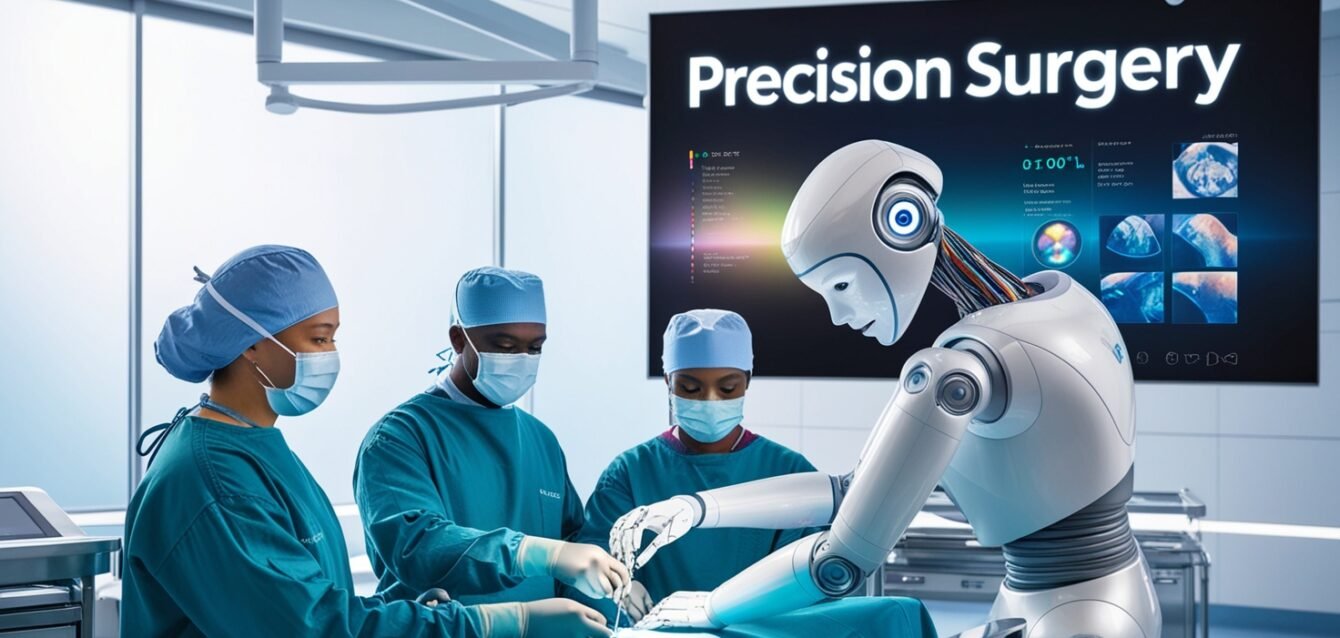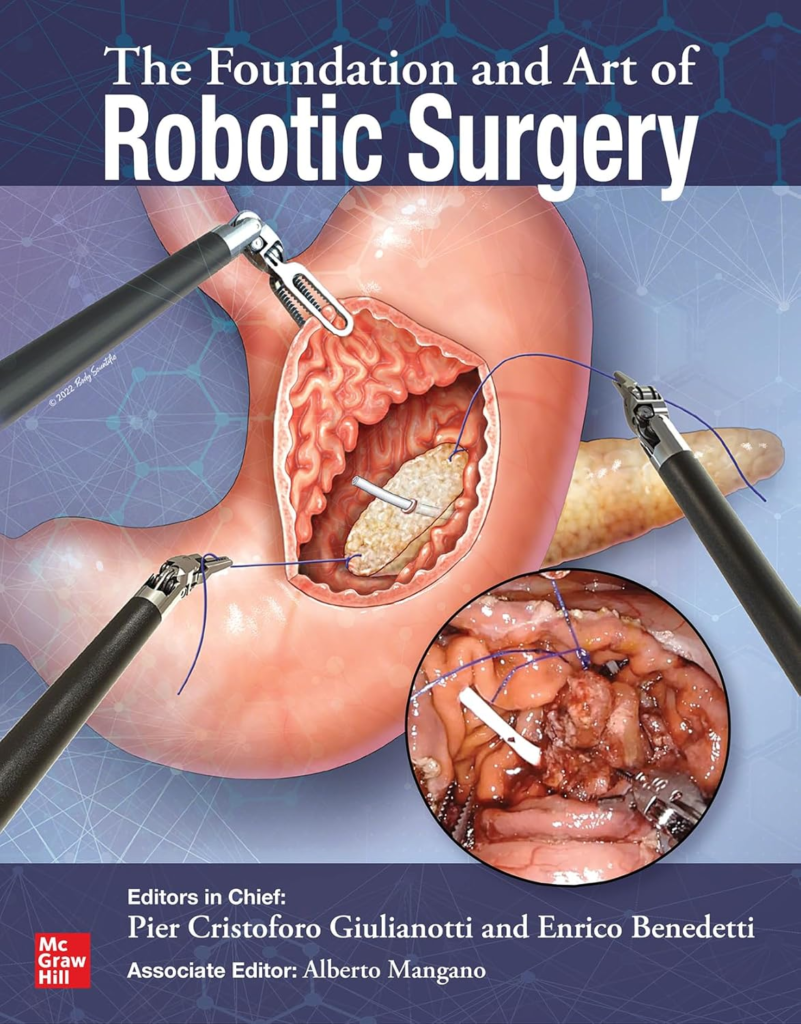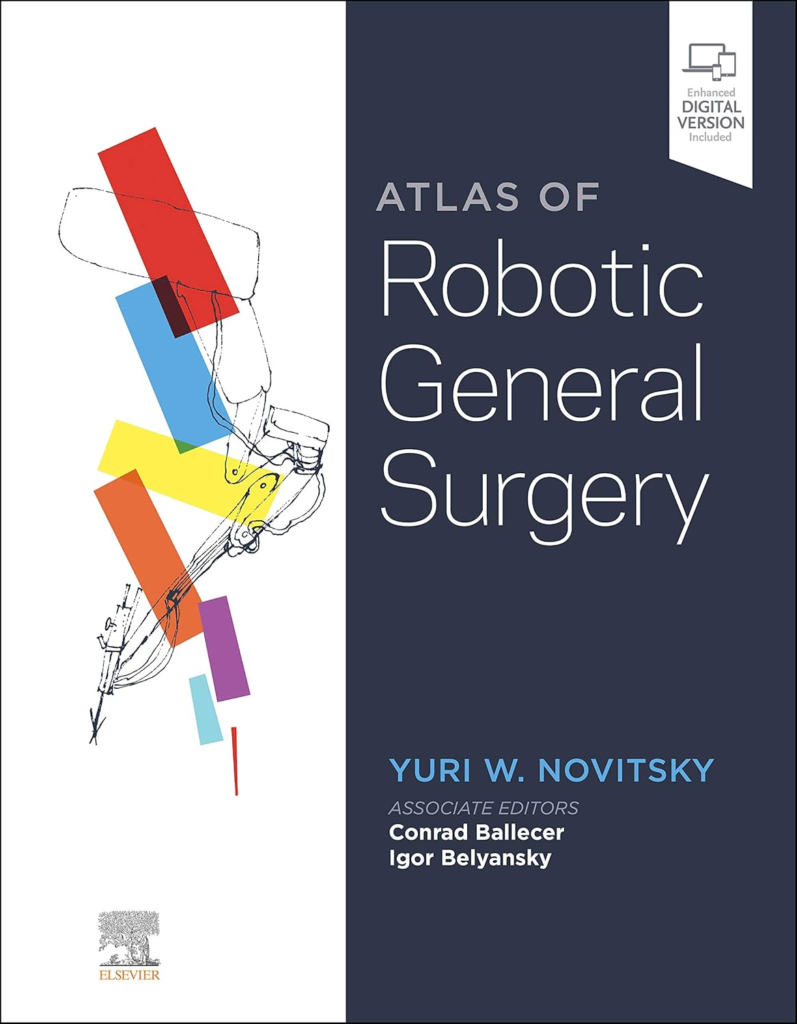Understanding Robotic Surgery
Robotic surgery represents a significant advancement in the medical field, evolving from traditional surgical techniques to enhance precision and reduce patient recovery times. This innovative approach utilizes robotic systems to assist surgeons in performing complex procedures with greater accuracy than conventional methods allow. Unlike traditional surgery, where the surgeon relies solely on their hands and visual perspective, robotic surgery integrates sophisticated technology that translates the surgeon’s movements into smaller, more precise actions within the patient’s body.
The mechanics of robotic surgery typically involve a combination of specialized instruments and a robotic console, allowing the surgeon to control the instruments from a remote location while maintaining a high level of dexterity and precision. This technology makes use of high-definition 3D visualization, providing surgeons with enhanced depth perception and a clearer view of the surgical site compared to standard surgical techniques. The precision offered by robotic systems is particularly beneficial in intricate procedures such as prostatectomies, hysterectomies, and cardiac surgeries, where even minor inaccuracies could lead to significant complications.
One of the most notable examples of robotic surgical systems is the da Vinci Surgical System, which has garnered prominence for its ability to facilitate minimally invasive surgeries. This system employs robotic arms equipped with tiny surgical instruments that can be maneuvered with remarkable dexterity, allowing for greater access to hard-to-reach areas within the body. Surgeons utilizing the da Vinci System can perform complex maneuvers with enhanced control, leading to improved patient outcomes and shorter hospital stays. As robotic surgery continues to advance, its role in enhancing the accuracy of medical surgeries becomes increasingly vital, promising a future where surgical precision is greatly augmented.
(Purchase today by clicking on the image)
Benefits of Robotic Assistance in Surgery
Robotic systems in surgery offer numerous advantages that contribute to enhanced accuracy during medical procedures. A significant benefit is the improvement in precision, which reduces the likelihood of human error inherent in traditional surgeries. Robots can perform intricate movements with a degree of accuracy that surpasses human capabilities, leading to better alignment of surgical instruments with targeted anatomy. This precision is particularly beneficial in delicate operations, such as neurosurgery or cardiothoracic procedures, where even the slightest miscalculation can have severe repercussions.
Furthermore, robotic-assisted surgeries are often minimally invasive. This approach results in smaller incisions, leading to significantly reduced trauma to the surrounding tissues. As a result, patients experience quicker recovery times, enabling them to return to their daily activities sooner. Studies have demonstrated that robotic surgeries can decrease postoperative pain and the length of hospital stays, providing both financial benefits to healthcare systems and improved satisfaction for patients.
Enhanced visualization during surgery is another key advantage of robotic assistance. Robotic systems often come equipped with high-definition cameras that can provide three-dimensional views of the surgical site, allowing surgeons to see structures in greater detail than with the naked eye. This increased visibility aids in the identification of critical anatomical landmarks, further improving the safety and efficacy of procedures. Statistical evidence from various case studies indicates that surgeries performed with robotic assistance have resulted in fewer complications and a lower rate of readmissions, reflecting improved overall patient outcomes.
In conclusion, the integration of robotic systems in surgical procedures has brought transformative benefits. From heightened accuracy and reduced human error to quicker recovery and enhanced visualization, the positive impact on patient outcomes is significant, making robotic surgery a valuable advancement in the medical field.
Challenges and Limitations of Robotic Surgery
While robotic-assisted surgeries offer numerous benefits, they are not without their challenges and limitations. One of the primary concerns is the high cost associated with robotic surgical systems. The initial investment required for purchasing, maintaining, and upgrading robotic technology can be substantial, making it less accessible to some healthcare facilities. Additionally, hospitals may need to allocate considerable resources to train staff and adapt infrastructure to accommodate such systems, which further complicates the financial landscape of robotic surgery.
Another significant challenge is the requirement for specialized training for surgeons. Unlike traditional surgical methods, robotic surgery necessitates a different skill set and a comprehensive understanding of the robotic systems being utilized. Surgeons must undergo rigorous training to ensure proficiency in operating these advanced machines safely and effectively. This essential training can be both time-consuming and costly, often leading to a steep learning curve for those transitioning from conventional surgical techniques.
Technical malfunctions present another crucial limitation. Although robotic systems are designed for precision and reliability, they are still susceptible to technical issues during procedures. These malfunctions can lead to complications, increased surgery time, and, in some cases, adverse patient outcomes. Surgeons and medical teams must be adequately prepared to handle such instances, which underscores the importance of having a robust backup plan in place.
Furthermore, patient perceptions of robotic surgery can influence its widespread acceptance. Some patients may harbor apprehensions regarding the reliance on technology and prefer the traditional human touch associated with their surgical care. Lastly, the readiness of healthcare systems to adopt robotic technology varies significantly, influenced by institutional policies, financial considerations, and resource availability. These factors collectively contribute to the complex landscape of implementing robotic-assisted surgeries in various medical settings.
The Future of Robotics in Healthcare
The realm of healthcare is on the brink of transformative advancements, propelled largely by innovations in robotics. As we look towards the future of robotic surgery, it becomes vital to acknowledge the role of artificial intelligence (AI) and machine learning. These technologies are poised to enhance the precision and efficiency of surgical procedures. By analyzing vast datasets and learning from previous surgeries, AI algorithms can assist surgeons in making real-time decisions, thus minimizing human error and optimizing surgical outcomes.
Furthermore, the integration of robotic systems with telemedicine presents exciting possibilities. Surgeons could potentially operate on patients located in remote areas, thus overcoming geographical barriers and increasing access to specialized care. This synergy also opens avenues for training and mentorship, as established surgeons can guide and support their colleagues in different locations via robotic systems paired with telecommunication technology.
However, as we embrace the future of robotics in healthcare, it is crucial to consider the regulatory frameworks that will govern these innovations. Ensuring patient safety and effectiveness of new technologies is paramount, and regulatory pathways will need to evolve to keep pace with rapid advancements. This involves thorough evaluation processes for novel robotic systems before they can be widely implemented in surgical settings.
Ultimately, the future landscape of robotic-assisted surgeries promises improved accuracy, enhanced safety, and broader reach within the healthcare sector. As these technologies become more refined and better integrated with existing medical practices, the potential to revolutionize patient care becomes increasingly feasible. By staying attuned to the ethical and regulatory aspects, the healthcare industry can effectively harness robotics to elevate surgical precision and overall patient outcomes.
(Purchase today by clicking on the image)






